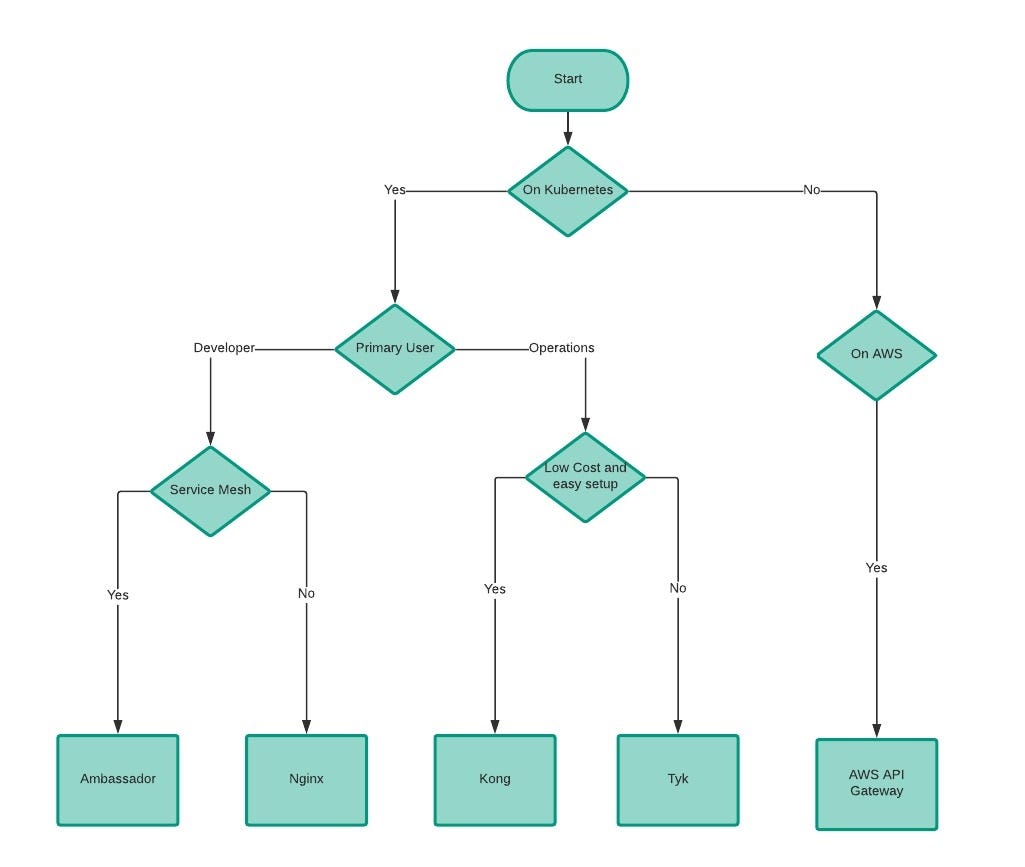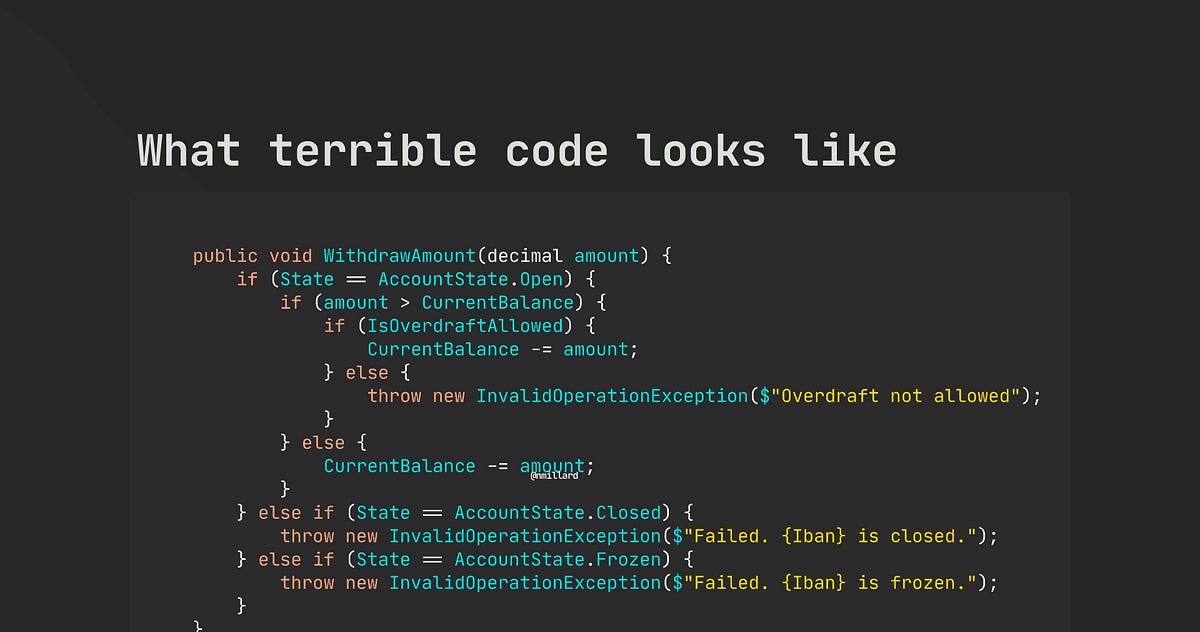Feed
This is a feed of links I've run across and found interesting or noteworthy. The images, content and opinions in them are owned by their respective authors.

How to run docker on Windows without Docker Desktop
dev.to
Since Docker announced a new subscription for Docker Desktop for personal use, educational... Tagged with docker, windows, wsl2.

Simple Messaging Between Microservices with Rebus and Azure Storage Queues
markheath.net
Mark Heath's Development Blog

Use gRPC client with .NET Standard 2.0
JamesNK - docs.microsoft.com
Learn how to use the .NET gRPC client in apps and libraries that support .NET Standard 2.0.

Entity Framework Core - Inheritance - Table-per-Type (TPT) is not supported, is it? (Part 2 - Database First)
thinktecture.com
In the previous post we have created 2 Entity Framework Core (EF Core) models with a code first approach. One model was using the Table-per-Hierarchy (TPH) pattern and the other one Table-per-Type (TPT). In this post we want to approach a more common scenario we see in customer…
running docker on wsl2 without docker desktop code example | Newbedev
newbedev.com
Example 1: windows wsl2 linux install docker //INSTALL DOCKER ON LINUX SUBSYSTEM (ON WIN 10) AND ALL REQUIRED SOFTWARE //--------------------------------------------

gRPC over HTTP/2 or: How I learned to stop depending on REST and love gRPC
blog.j-labs.pl
In today buzzword-oriented world, you don’t spend all of your precious time following all of the latest technologies. When creating APIs, you rarely think twice - obviously REST is your best friend. But have you ever heard about companies like Google or Dropbox? I bet you did. They’ve considered this problem in a different way. So did we, in our last project for a Berlin startup. We decided to use gRPC instead of REST and I would like to tell you why.

Migrating from Entity Framework 6 to EF Core - dotnetblogpost.com
dotnetblogpost.com
We can unanimously agree Entity Framework 6 is stable and battle tested ORM library in .NET eco-system. Since, Entity Framework Core is a complete rewrite of EF6 and is a cross platform solution. Because of fundamental changes in EF Core, there is no straight forward way to move an EF6 code to EF Core except… Read More »

My experiences with API gateways… | by Mahesh Mahadevan | Medium
Mahesh Mahadevan - link.medium.com
A while back, I was working on a project to implement API gateway for our product’s cloud offering. The main motivation behind it was to have a single point of entry for all the external traffic and…

Stop Using Primitive Types in Domain Classes | Better Programming
Nicklas Millard - betterprogramming.pub
Want to see how easily you can capture domain knowledge and how to avoid catching a bad case of primitive obsession?

Remove Your If-Else and Switch Cases by N. Millard | Level Up Coding
Nicklas Millard - levelup.gitconnected.com
Lines of Code has never been a great measure for code quality. Ever. See how you can write twice as much code, for the better.